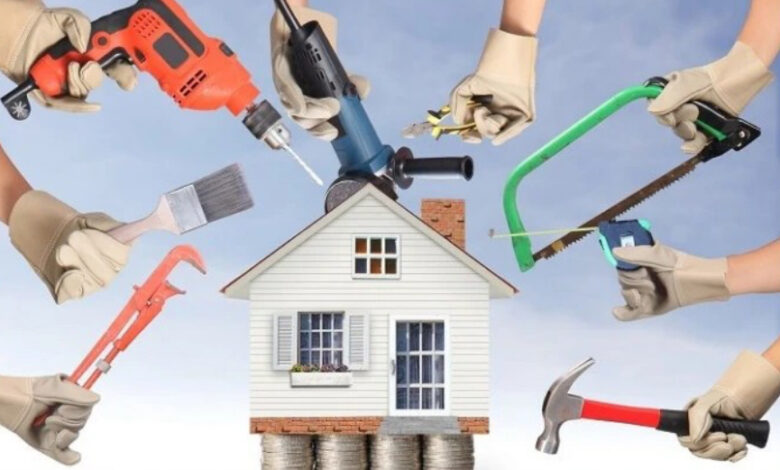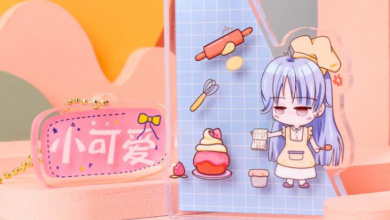The Upgrades That Keep Your Property From Falling Apart

When people talk about improving a property, they usually think about what’s visible: roofing, siding, flooring, lighting, and landscaping. But the upgrades that protect a home from long-term damage aren’t always the ones anyone notices. The most valuable improvements are often buried, locked inside walls, or built into systems that only get attention when something goes wrong. Ignoring those hidden components leaves homeowners vulnerable to financial, structural, and environmental problems that don’t give much warning before they escalate.
Preventing breakdowns isn’t about reacting fast — it’s about reinforcing what quietly carries the load every day. Wastewater infrastructure, drainage control, structural stability, and soil management all determine how long a property can function without crisis. When those systems fail, the effects show up everywhere else.
The Systems Most Owners Overlook
A property doesn’t start falling apart because of chipped paint or worn carpet. It starts failing when water escapes where it shouldn’t, when groundwater isn’t managed, or when waste systems stop handling daily use. Cracks, settlement, odor, backups, erosion, and contamination all begin underground or behind the scenes before any surface signs appear.
Homeowners who assume that nothing needs attention if nothing looks wrong take the biggest risks. Pipes corrode, tanks age, soil compacts, venting shifts, and unseen pressure builds until a repair becomes unavoidable. Preventing that isn’t about watching for symptoms — it’s about reinforcing what can’t be monitored visually.
Why Below-Ground Systems Matter
Any home not connected to a municipal sewer depends entirely on on-site wastewater treatment. Tanks and leach fields take on constant use without much recognition until a problem surfaces. A failing system doesn’t just affect one part of the property. It impacts water safety, legal compliance, and resale potential all at once.
Replacing or repairing underground systems is messy, costly, and often time-sensitive. That’s why upgrading to long-lasting, structurally sound materials before failure happens is one of the smartest investments a homeowner can make.
Durability Starts with What You Choose
Not all wastewater tanks perform the same. Some materials deteriorate, shift, or crack under pressure, especially in areas with fluctuating groundwater or frost. Systems built decades ago may not have been designed for the volume or lifespan demanded today.
That’s one reason many property owners choose precast septic tanks when planning for long-term reliability. They’re built in controlled environments, designed to handle shifting conditions, and resistant to cracking or floating. Strength and consistency matter when the goal is to avoid excavation and emergency replacement.
Repair Costs Multiply When Systems Fail
Structural fixes on the surface can often be postponed. Underground systems don’t offer that flexibility. Once a tank collapses, a leach field saturates, or wastewater leaks into soil, homeowners aren’t dealing with a single contractor — they’re dealing with health inspections, engineering adjustments, and possibly remediation.
The cost of reacting to failure is far higher than the cost of choosing durable components upfront. Reinforced materials prevent sudden breakdowns and spread out maintenance instead of concentrating expenses into one disruptive event.
Inspections Don’t Show Everything
Walkthroughs, appraisals, and general inspections don’t reveal the condition of underground systems unless something has already gone wrong. A property can look ready for sale and still have a tank near collapse. Purchasers may not realize what they’re inheriting until a required test or report uncovers a pending issue.
Ownership changes, remodels, and permitting often trigger evaluations that expose what’s been ignored. Homeowners who invest in stable infrastructure don’t face last-minute surprises or forced upgrades when someone starts asking questions.
Protecting the Property Without Drawing Attention
The systems most likely to trigger major expenses are the ones no one sees. Reinforcing what’s underground doesn’t add visual appeal, but it protects every finished surface above it. Preventing soil saturation, groundwater intrusion, foul odors, backups, and environmental damage isn’t about cosmetic appeal — it’s about structural security.
Owners who make smart infrastructure choices avoid tearing up finished yards, delaying transactions, or scrambling to secure financing for emergency replacements. A system built to hold up under changing conditions gives homeowners control instead of forcing rushed decisions.
Prioritizing What Actually Fails First
Property damage rarely starts with the features people see. It starts with the ones they forget. Tanks shift, pipes leak, and drainage fails long before paint fades or tiles loosen. Upgrading what’s hidden gives every visible improvement a chance to last.
Strong wastewater systems, reliable drainage plans, and resilient materials extend the life of everything built on top of them. The fewer surprises under the surface, the fewer repairs owners have to make elsewhere.
Avoiding Crisis Instead of Reacting to It
Emergencies are expensive because they take control away from the homeowner. Contractors set timelines, weather dictates access, and regulations determine what must be replaced and how. When systems fail suddenly, there’s no negotiating the cost or the schedule.
Upgrades made before failure don’t feel urgent, but they prevent the kind of urgency that disrupts everything. Investing before collapse means work can be done on a homeowner’s terms, not the system’s timeline.
The Quiet Fix That Protects Everything Else
A property doesn’t stay intact because of its finishes — it stays intact because its hidden systems keep working. Reinforcing those unseen elements means fewer surprises, fewer costs, and fewer disruptions. Upgrades that don’t draw attention often provide the most meaningful protection.
Homes that function well over time aren’t lucky — they’re supported by systems built to last. When owners focus on what matters before it fails, they avoid the kind of repairs that turn into emergencies. The most valuable improvements are usually the ones no one points out but everyone depends on.



